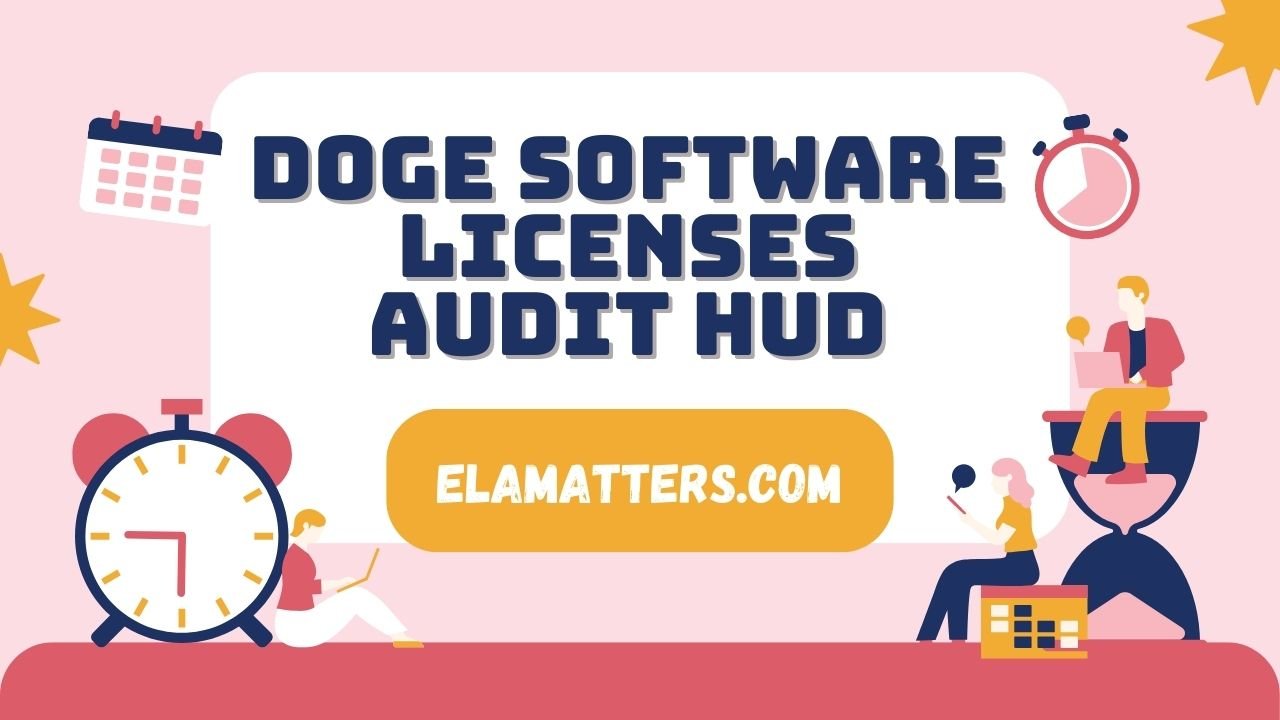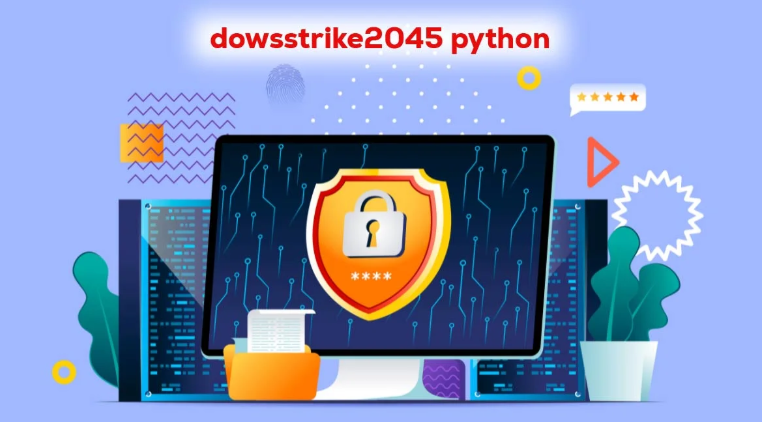Introduction to Doge Software Licenses Audit HUD
The Doge Software Licenses Audit HUD represents a vital tool in the realm of software development, fostering compliance and transparency through systematic audits of software licenses. The primary purpose of this framework is to ensure that organizations adhere strictly to the licensing agreements associated with the software they utilize. This practice is crucial, as non-compliance can expose businesses to considerable legal and financial risks. By implementing a structured audit framework such as the Doge Software Licenses Audit HUD, companies can proactively mitigate these risks and maintain their integrity within the software landscape.
In an era where digital usage continues to escalate, the importance of license management has become increasingly pronounced. Software licenses dictate the terms under which software can be used, shared, and distributed. Over the years, as the software industry has evolved, so too has the complexity surrounding licensing. This evolution has given rise to new community-driven initiatives, such as the Doge software license, which emphasizes collaboration and open-source principles within the software community. The emergence of the Doge software license has led to a growing need for effective audit mechanisms that not only uphold these ideals but also ensure that compliance is consistently monitored.
Audits serve as an essential component in the software lifecycle, offering insights that enhance decision-making and operational efficiency. The Doge Software Licenses Audit HUD specifically leverages advanced methodologies to streamline the auditing process, making it easier for companies to track and verify their software compliance. Ultimately, the significance of such auditing frameworks cannot be overstated; they not only protect organizations from potential liabilities but also contribute to a more transparent software ecosystem. This cooperative process fosters greater trust and collaboration among developers and users alike, reflecting the true spirit of community-driven software initiatives.
Understanding the Need for Software License Audits
Software license audits play a vital role in ensuring that organizations adhere to legal and regulatory requirements associated with software usage. These audits help maintain compliance with licensing agreements, which can vary significantly among software vendors. By regularly assessing software licenses and their utilization, organizations can identify any discrepancies that could potentially lead to compliance issues. This proactive measure aids in mitigating legal risks that may arise from unauthorized use of software.
Furthermore, engaging in software license audits contributes to risk management. Non-compliance can result in severe financial penalties, reputational damage, and legal disputes. Organizations found in violation of software licensing terms often face substantial fines, which can adversely affect their financial stability. Therefore, understanding the implications of software license compliance is crucial in today’s digital landscape, where software assets are often extensive and complex.
Another significant aspect to consider is the relationship organizations maintain with software vendors. Regular audits foster transparency and demonstrate a commitment to abiding by licensing agreements. This transparency can enhance trust between companies and their software vendors, facilitating better negotiation terms for renewals or additional services. Such collaborative relationships can lead to improved service delivery and better alignment of software solutions with business needs.
In addition to safeguarding against compliance risks, conducting regular software license audits can provide organizations with valuable insights into their software utilization. This enables informed decision-making regarding software investments, ultimately optimizing resource allocation and achieving cost efficiencies. In essence, software license audits are not merely a regulatory requirement but a strategic approach to effective software asset management.

How to Conduct a Doge Software Licenses Audit
Conducting a Doge software licenses audit is a crucial process for organizations to ensure compliance with licensing agreements and enhance transparency in software usage. This audit helps to identify any unauthorized use of software, ensuring that an organization remains within legal boundaries. To effectively carry out this auditing process, follow these essential steps.
First, gather all relevant documentation pertaining to Doge software licenses in use. This includes purchase records, license agreements, warranty information, and any previous audits conducted. Maintaining a centralized repository for these documents not only facilitates the auditing process but also provides a clear historical context for the licenses owned by the organization.
Next, utilize specialized auditing tools designed for Doge software licenses management. Software asset management (SAM) tools are highly recommended as they can automate the tracking of software installations and evaluate compliance with licensing terms effectively. These tools help identify discrepancies, thereby highlighting areas that require corrective action.
After assembling documentation and employing auditing tools, perform a comprehensive inventory of all software usage across the organization. This includes identifying authorized installations, versions in use, and systems on which the Doge software is installed. Make sure to note any unlicensed or outdated software versions, as this can lead to potential violations of the licenses.
During the audit, engage all relevant departments, including IT and compliance teams, to ensure comprehensive reviews of software use. Collaboration is key to uncovering everything from under-utilization to unauthorized installations, thereby bolstering transparency. Document all findings meticulously, including any identified risks that need addressing.
Finally, once the audit is complete, compile a report summarizing the results and suggesting corrective measures. This report should be shared with management to inform decision-making and promote ongoing compliance with Doge software licenses. By following these steps, organizations can efficiently navigate the complexities of a software licenses audit and maintain robust compliance practices.
Best Practices for Maintaining Compliance Post-Audit
Once a Doge Software Licenses Audit HUD has been conducted, it is crucial for organizations to establish ongoing practices that ensure continued compliance. One of the primary strategies includes implementing a robust monitoring system for all software licenses in use. This system should consist of regular checks and assessments to verify compliance with the terms of each license agreement. By maintaining meticulous records of software installations and usage, organizations can swiftly identify any discrepancies that may arise over time.
Another integral aspect of maintaining compliance is the training and awareness of employees regarding software licensing policies. Organizations should invest in training sessions that inform all staff members about the significance of adhering to software licenses and the specific requirements outlined in the audit report. Ensuring that employees understand the implications of non-compliance can foster a sense of responsibility and significantly reduce the likelihood of violations occurring in the future.
Creating a culture of compliance within the organization is essential. This can be achieved by integrating compliance objectives into the organization’s broader strategic goals. Leadership should encourage transparency and support open communication regarding software usage and licensing. This approach not only holds employees accountable but also encourages them to report any potential issues without fear of repercussions.
Furthermore, organizations should leverage the findings of the Doge Software Licenses Audit HUD to refine their software license management processes. By identifying areas of improvement, organizations can enhance their software asset management strategies, streamline compliance efforts, and prepare for future audits more effectively. The implementation of a continuous improvement framework will ensure that the organization is not only compliant today but remains so for years to come.
In conclusion, maintaining compliance following a Doge Software Licenses Audit requires proactive measures centered on monitoring, employee education, and cultivating a compliant organizational culture. By embracing these best practices, organizations can achieve greater transparency and a reduced risk of non-compliance in their software management processes.







Leave a Reply